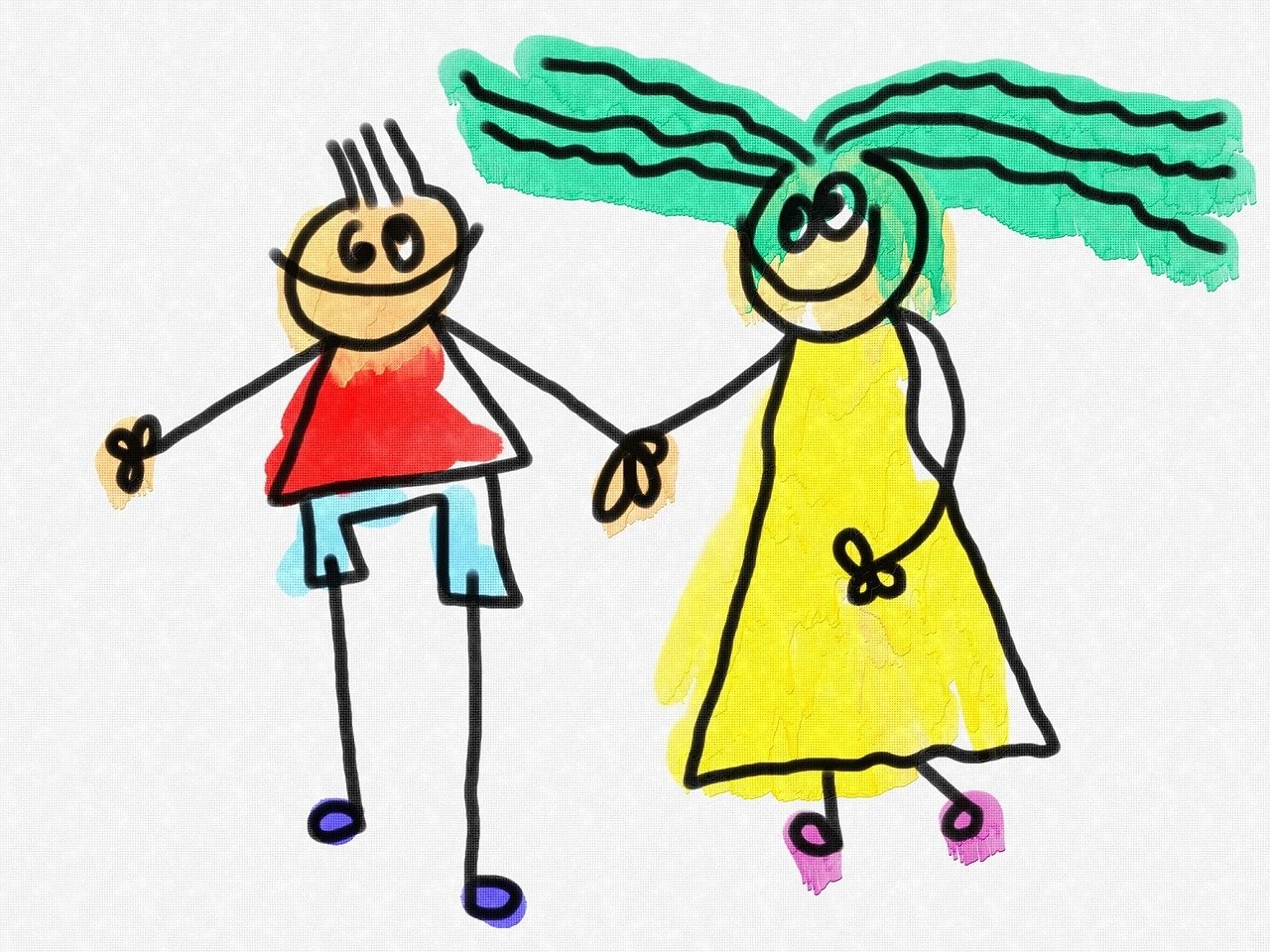Hurting someone you care about can leave the air heavy and the connection frayed – and yet there is a direct, courageous path back to each other: you apologize. Gifts and grand gestures may soften the moment, but a sincere effort to apologize, explain, and repair is the heart of true reconciliation. This guide reshapes familiar ideas into a practical roadmap so you can apologize with clarity, show remorse without drama, and rebuild trust through steady follow-through. Instead of hoping that a bouquet or a clever text will do the work, you will learn to apologize in a way that addresses the harm, names your responsibility, and invites healing.
When words carry the weight
Sometimes the most direct route is the best one – you apologize plainly and mean every syllable. Keep your language simple, specific, and free of excuses. The phrases below can be adapted to your situation; they are not scripts to recite, but starting points for an honest exchange. Speak slowly, look your partner in the eye, and build your apology around exactly what happened and how you intend to make it right.
I took the wrong step, and I own it. I apologize for what I did and for the impact it had on you.

I recognize that my words didn’t consider your feelings. I apologize for being insensitive and for the hurt that created.
I can’t undo my choice, but I can listen and learn. I apologize, and I’m ready to do what helps repair the damage – what would support you now?
I fall short sometimes, but I’m committed to doing better. I apologize and will show you that commitment through my actions.

You may not be ready to accept this, and I understand. I still apologize because you deserve to hear it and to see my effort to make things right.
Notice the pattern: each statement names the misstep, acknowledges the effect, and centers responsibility. To apologize is to step toward accountability, not to sidestep it. Avoid language that spreads blame – phrases like “if you felt hurt” or “but I only did it because…” undermine your goal. Keep the focus on what you did and how you will repair it.
Let actions amplify your apology
Words open the door; thoughtful gestures invite the other person to walk through it. When you apologize with action, you demonstrate care, effort, and attention to detail. Choose ideas that fit your partner’s personality – the point is not spectacle, but resonance.

Write a handwritten note on quality paper. Keep it short, specific, and clear. When you apologize on paper, the physical object becomes a reminder that you slowed down and took care with your words.
Place the note where it will be discovered naturally – a nightstand, a bathroom mirror, a favorite mug. A quiet find can be disarming in the best way, and it extends your effort to apologize into the rhythm of their day.
Create tidy lists that make your intention concrete: “What I did,” “How I will make it right,” and “Why this relationship matters.” Lists show that when you apologize, you are also planning for change, not just asking for a reset.
Prepare a relaxing bath and float a sealed message. The setting says, “I want you to feel cared for,” while the message says, “I apologize and I’m listening.” Pair comfort with clarity.
Borrow the simplicity of a children’s book. Read a short, tender story aloud and add your own words at the end to apologize. Gentle humor and warmth can soften defenses without minimizing the issue.
Offer a brief tune – hummed, strummed, or played from a meaningful track – as a preface to your words. Music can help you pause, breathe, and then apologize with a calmer presence.
Use food thoughtfully. Send a favorite takeout order with a small note: “I apologize and want to take care of dinner tonight so we can talk.” Keep the focus on care, not on buying forgiveness.
Cook their favorite meal yourself. The time you spend chopping, stirring, and plating becomes part of your apology. Say the words out loud before you serve – then listen.
Clean the space you were responsible for neglecting. If chores were the friction point, apologize by restoring order without being asked, then commit to a better system going forward.
Send in the sweetest courier: your pet, if that suits your home. A small, safe note on a collar that says, “I apologize and I’m ready to talk when you are,” can coax a smile before the real conversation.
Use social media sparingly and only if it would genuinely matter to your partner. If a public gesture aligns with who you both are, keep it brief and sincere – the real work is still face-to-face when you apologize.
Ask trusted friends for help brainstorming a meaningful gesture – not to pass the message through them, but to design a moment that fits your partner. You still show up personally to apologize; the support network only informs the plan.
Action without ownership can ring hollow. Pair every gesture with explicit responsibility. You apologize in words, then you reinforce that apology with tailored care – not the other way around.
Foundations that make an apology land
Before you speak, orient yourself. A rushed or defensive delivery can derail even the most carefully chosen phrases. These core elements help you apologize with steadiness and integrity.
Clarify the facts together. Don’t guess. Ask directly what you said or did that caused harm so your effort to apologize addresses the real wound.
Accept responsibility if you are at fault. Deflecting, minimizing, or shifting the focus erodes trust. The moment you apologize is the moment you place the weight where it belongs – on your choice, not on their reaction.
Prepare what you want to say and choose an appropriate setting. Privacy, time, and tone matter. A well-timed pause can be the difference between sounding polished and sounding sincere when you apologize.
Speak plainly and sincerely. Over-explaining can sound like justification; under-explaining can feel evasive. State the harm, apologize, and express remorse without conditions.
Thank them for hearing you out. Being the listener in a repair conversation is hard work. Acknowledging that labor is part of how you apologize with respect.
Request forgiveness rather than assuming it. An apology is an opening, not a demand. Ask, do not pressure – and accept the answer you receive.
Give time and space. Even when you apologize perfectly, healing has its own pace. Patience shows that your priority is their well-being, not your relief from guilt.
Match your promises with behavior. If you describe a change, implement it. If you set a boundary for yourself, enforce it. To apologize is to begin a pattern, not to deliver a one-time performance.
Each element strengthens the next. You apologize, you listen, you adjust – and the pattern repeats as trust regrows. There is no shortcut around patience or consistency, and that’s good news: steady effort is something you can control.
Choosing the scale of your apology
Not every rupture requires the same response. Calibrating your approach prevents overdoing a small matter or underresponding to a serious breach. When you apologize, match your effort to the depth of the wound.
Everyday repair. For minor missteps – a snappy comment, a small oversight – apologize succinctly, acknowledge the sting, and correct course. A short conversation, a simple note, and a small act of care are enough. The point is to be attentive even when the harm seems small.
Considerate gesture. When you forget a meaningful date or drop the ball on a shared responsibility, apologize with both words and a thoughtful action. Make amends proportionate to the impact – offer to reschedule plans, take on the task you missed, or create a moment that recognizes what you overlooked.
Wholehearted repair. Major breaches – the kind that threaten the relationship’s foundation – require deep reflection and persistent change. You apologize without hedging, invite hard conversations, accept the possibility that forgiveness may not come, and commit to new behavior you can demonstrate over time. Gifts won’t fix this kind of harm; only honesty, accountability, and consistency can do the work.
Scaling wisely communicates respect. When you apologize at the right level, you show that you understand not just your action, but its emotional weight.
After you apologize: what rebuilding looks like
An apology is the opening of a repair loop – not its completion. Acceptance can be partial or delayed, and forgiveness may travel a winding road. Your job after you apologize is to sustain care without pressure. Keep your commitments visible in daily life: show up on time, follow through on agreed tasks, and check in about how the change feels from their side.
Sometimes an apology is acknowledged but not yet integrated. You’ll notice warmer conversation or easier eye contact, but also hesitations – a sign the wound is still tender. Respect that. When you apologize and the response is cautious, meet caution with steadiness rather than urgency. Ask what would help and, if the answer is “time,” honor it.
For smaller mistakes – the undone chore, the browser popup you caused with a careless click, the dog you forgot to walk – the best way to apologize is to reverse the harm. Do the task, fix the problem, or handle the responsibility promptly. Then add a modest gesture to reinforce your care. This combination teaches the nervous system of the relationship to trust you again.
For heavier ruptures, couple your apology with a plan you can articulate. Explain how you will prevent recurrence, identify the triggers that led to the mistake, and ask for feedback on the plan. To apologize is to say, “Here is how I will protect what matters next time,” and then to prove it day after day.
Practical phrasing and delivery tips
Use the person’s name. “I apologize, love,” may sound tender, but “I apologize, Jordan,” lands with clarity. Names cut through defensiveness and make the repair personal.
Keep your voice even. A steady tone helps the message reach the heart. When you apologize with calm conviction, it is easier for the listener to stay present.
Be specific about the behavior, not the character. “I interrupted you” is repair language; “I’m a terrible partner” pulls the focus away from the injury and toward your guilt. You apologize for the action and then change the action.
Invite accountability. Ask, “How will we know I’m improving?” This turns your apology into an ongoing agreement, which can be reassuring.
Limit explanations. Context may matter, but only after you have clearly said, “I apologize,” acknowledged impact, and asked how to make amends. Lead with responsibility, not reasons.
Common pitfalls that weaken an apology
Even a well-intentioned attempt can miss the mark. Notice these tendencies and recalibrate in real time – awareness during the conversation is part of how you responsibly apologize.
The conditional apology. Phrases like “I apologize if…” imply doubt about the harm. Replace them with direct ownership: “I apologize for…”
The apology that seeks relief, not repair. If the goal is to feel better immediately, you may rush the process. Slow down, apologize fully, and accept that comfort comes later.
The apology that flips the script. Turning to your own hurt too quickly can feel like blame-shifting. There may be room for your feelings, but not before you apologize and tend to theirs.
The apology that outsources the work. Grand gestures without change may impress the crowd while leaving the relationship unchanged. You apologize in private and then live the difference publicly.
Designing follow-through you can sustain
Repair lasts when the new behaviors are realistic. Choose strategies that fit your actual life so that when you apologize, your promises are believable – and kept.
Create small checkpoints – weekly calendars, shared notes, or simple routines – that make it easier to keep commitments you named when you chose to apologize.
Ask for direct feedback. A recurring question such as, “Is there anything I can adjust?” shows that your apology wasn’t a one-off speech but an ongoing stance.
Celebrate progress quietly. Acknowledge when a difficult pattern shifts. The recognition doesn’t erase the past; it confirms that your apology is bearing fruit.
When forgiveness isn’t immediate
There are times when forgiveness is slow or uncertain. You cannot control the outcome – only your effort. Continue to apologize as needed without pleading, respect boundaries, and communicate with care. If your partner asks for space, give it generously. Repair that is rushed often collapses under its own pressure; repair that is paced allows both people to feel safe again.
Remember, to apologize is to make a promise about the future as well as the past. You are saying, “I understand what happened, I see its effect, and I will act differently.” Whether the apology leads back to closeness or to a thoughtful parting, you will have honored the relationship by showing up with integrity.
Apologizing with care
Some harms are too deep to mend quickly, and a few may not be mendable at all. That reality doesn’t make your effort meaningless. It means your willingness to apologize – clearly, humbly, and consistently – is part of a larger commitment to honesty. Live in a way that reduces the need to apologize: keep promises, speak kindly, and notice small ruptures before they widen. And when you do stumble, return to the practices here. They help you apologize not as a performance, but as an act of love.